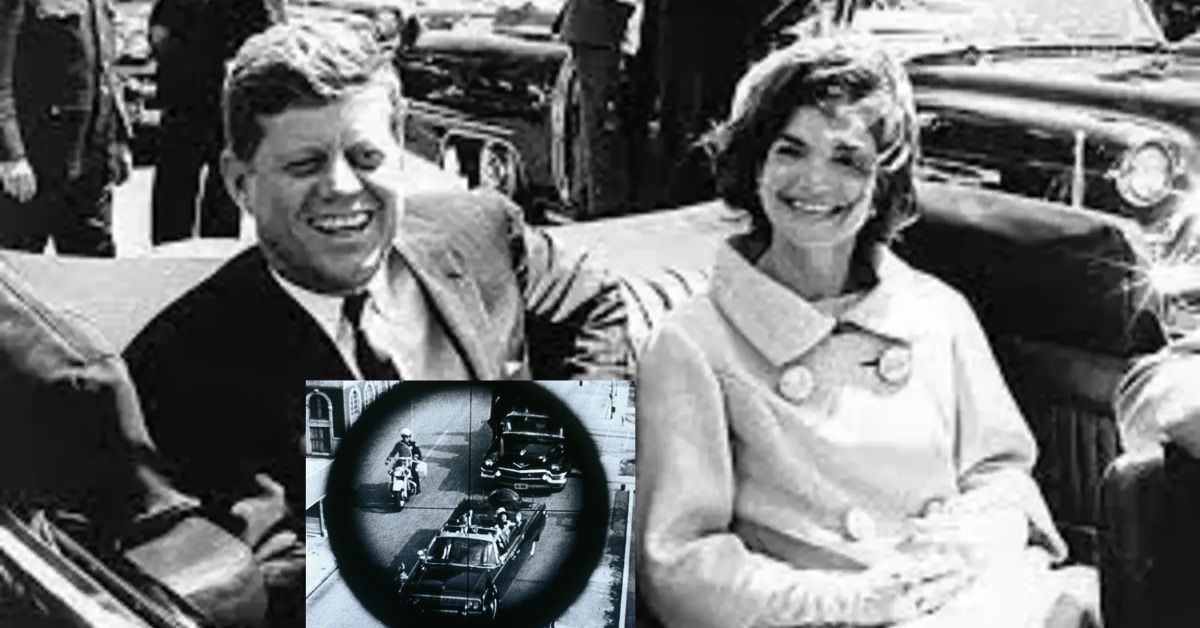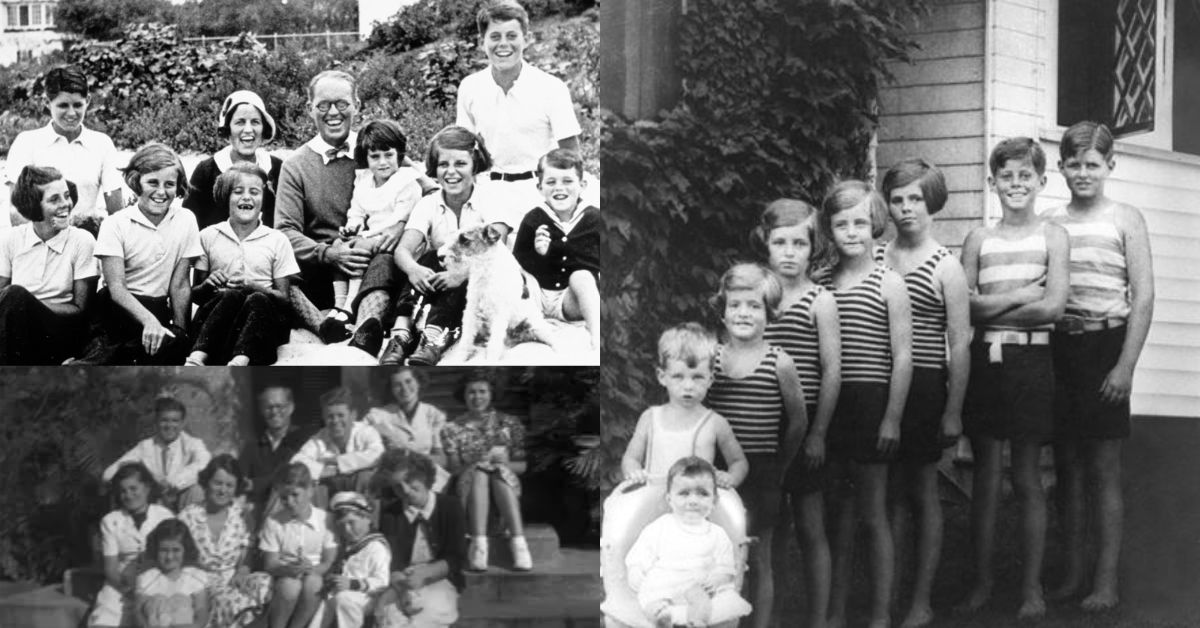[web_stories title="false" excerpt="false" author="false" date="false" archive_link="true" archive_link_label="" circle_size="150" sharp_corners="false" image_alignment="left" number_of_columns="1" number_of_stories="5" order="DESC" orderby="post_title" view="circles" /]
John F. Kennedy Death: How Did He Passed away, and What is His Biography?
John F. Kennedy was the 35th President of the United States from 1961 to 1963 and the youngest person to hold the office. JFK was assassinated in Dallas, Texas, on November 22, 1963, barely over his first thousand days in office, making him the youngest President to die.
John F. Kennedy Death
President John F. Kennedy and the First Lady travelled to Dallas on a November 22, 1963, campaign trip. Democratic governor John Connally and his wife, Nellie, accompanied the Kennedys in their motorcade through the city.

Gunshots broke out as it passed past Dealey Plaza. Governor Connally was shot once, and President John F. Kennedy was killed. Kennedy was airlifted to Parkland Memorial Hospital and died shortly after that.
The shots were fired from a nearby warehouse, and authorities caught warehouse employee Lee Harvey Oswald a few hours later. Oswald was a mysterious former Marine who defected to the Soviet Union before returning to the US.
The suspect was killed by Dallas nightclub owner Jack Ruby two days after his arrest while being moved to another jail. Ruby was tried and convicted of murder in the death of Oswald. He died of cancer in January 1967 while awaiting a retrial in prison.
Many people suspected a conspiracy because of the spectacular course of events. A commission appointed by President Lyndon B. Johnson and led by Supreme Court Chief Justice Earl Warren to examine the assassination concluded that Oswald acted alone.
The House Select Committee on Assassinations concluded in 1979 that at least three shots were fired, but no other definite judgments were reached.
Although it concluded that two of Oswald’s three shots struck Kennedy, it also speculated that Kennedy “was probably assassinated as a result of a conspiracy.” Its conclusions did little to remove conspiracy suspicions surrounding Kennedy’s assassination, which persist.
Hundreds of thousands of people filed past Kennedy’s coffin in the Capitol Rotunda on November 24, 1963. Kennedy was laid to rest the next day at Arlington National Cemetery in a state funeral.
Representatives from 92 countries attended the funeral services, and an estimated one million people lined the streets of Washington, DC, to see the procession. For many Americans, the assassination of John F. Kennedy remains one of their most traumatic public occurrences.
… and Bobby Baker says, "John F. Kennedy will die a brutal and premature death."
Watch the FULL Conversation: https://t.co/6OuyDuDHIj pic.twitter.com/5hXVYAa0iC
— David Whited (@davidmwhited) August 19, 2023
John F. Kennedy Early Life and Rise to Power
On May 29, 1917, in Brookline, Massachusetts, he was born of Irish ancestry. He joined the Navy after graduating from Harvard in 1940. When a Japanese warship rammed and sunk his PT boat in 1943, Kennedy, despite terrible injuries, escorted survivors to safety.

After the war, he became a Democratic Congressman representing the Boston region, eventually reaching the Senate in 1953. On September 12, 1953, he married Jacqueline Bouvier. Profiles of Courage, which earned the Pulitzer Prize in History in 1955, was written while he was recovering from a back operation.
Kennedy came close to winning the Democratic vice presidential candidacy in 1956 and became the first-ballot presidential contender four years later.
Millions of people tuned in to see his televised discussion with Republican nominee Richard M. Nixon. Kennedy became the first Roman Catholic President to win the popular vote narrowly.
In his inaugural address, he said, “Ask not what your country can do for you—ask what you can do for your country.” As President, he went out to fulfil his campaign promise of reviving America.
His economic policies propelled the country to its most extended period of uninterrupted growth since World War II. Before his death, he planned a tremendous onslaught on areas of deprivation and poverty.
In response to increasingly pressing demands, he took strident action for equal rights and advocated for new civil rights laws. His vision of America included the importance of national culture and the role of the arts in a vital society.
He wished America would return to its original role as the first nation dedicated to the human rights revolution. He promoted American ideals to underdeveloped countries through the Alliance for Progress and the Peace Corps. However, the sharp reality of the communist threat remained.
You can also read our recent articles:
- Tom Dees Cause Of Death: How Did He Passed Away?
- Jerry Jarrett’s Cause Of Death: How Did He Pass Away?
Kennedy allowed armed and trained Cuban exiles to invade their motherland shortly after his inauguration. The coup attempt against Fidel Castro’s regime failed. The Soviet Union quickly resumed its campaign on West Berlin.
Kennedy replied by beefing up the nation’s military forces, fortifying the Berlin garrison, and forayings into space. Faced with this pushback, Moscow limited its influence in Central Europe following the erection of the Berlin Wall.
Instead, the Russians are now attempting to place nuclear weapons in Cuba. When an aerial scan revealed this in October 1962, Kennedy prohibited all offensive weapons from entering Cuba.
While the world was on the verge of nuclear Armageddon, the Russians backed down and agreed to hand over the missiles. The US response to the Cuban crisis taught Moscow that nuclear blackmail was pointless.
Kennedy now claimed that both parties were vested in stopping the spread of nuclear weapons and curbing the arms race, resulting in the 1963 Test Ban Treaty. Significant progress was made toward their goal in the months following the Cuban Crisis.
The world of justice and free choice triumphs over conflict and coercion.” Thus, his presidency saw the birth of new optimism for equal rights for Americans and global peace.
Conclusion: John F. Kennedy’s presidency marked a pivotal era in American history, characterized by visionary leadership, groundbreaking policies, and tragic loss. His legacy as a champion of equality, diplomacy, and progress continues to resonate today. As we reflect on his life and the indelible impact he left, we honour a leader whose influence transcends time.


Comments are closed.